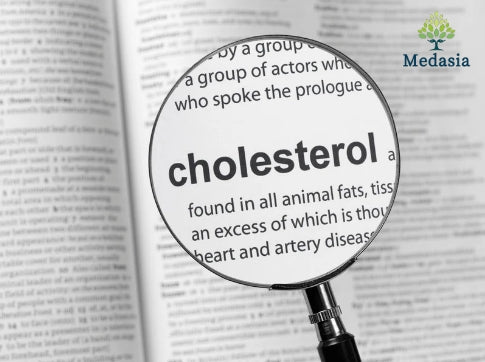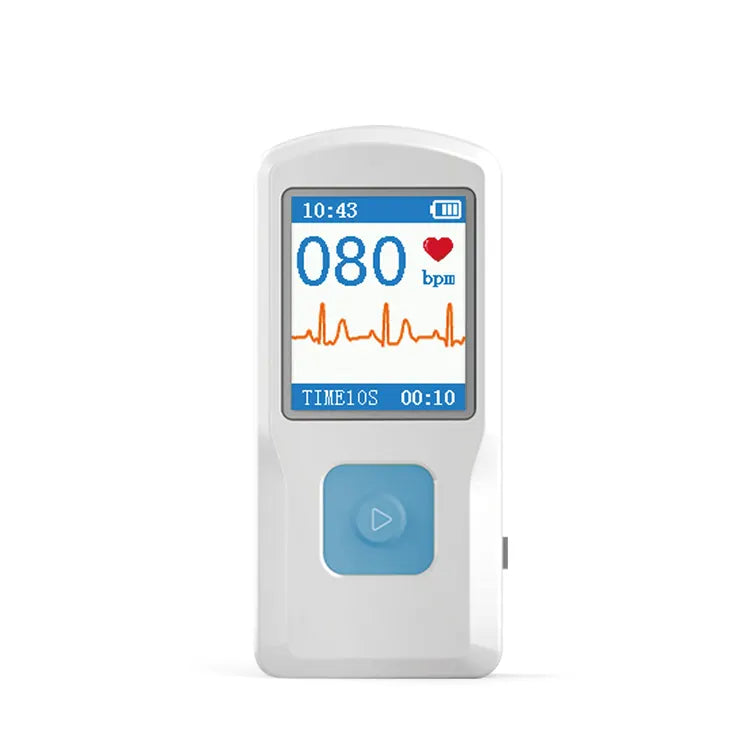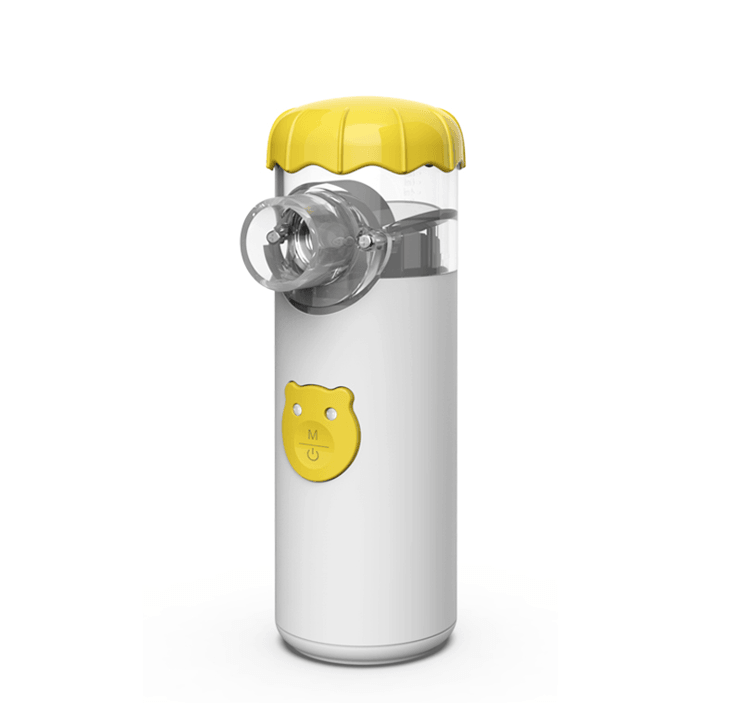How Home Cholesterol Testing Cuts Clinic Costs by 80%: The Mission® Cholesterol Meter in Action

Introduction: The Growing Burden of Cholesterol Testing
 Cardiovascular disease remains the world’s leading cause of death. At the heart of prevention lies a simple yet powerful tool: cholesterol testing. Traditionally, clinics have relied on central laboratories to process lipid panels, but these methods come with delays, high operational costs, and limited patient follow-up.
Cardiovascular disease remains the world’s leading cause of death. At the heart of prevention lies a simple yet powerful tool: cholesterol testing. Traditionally, clinics have relied on central laboratories to process lipid panels, but these methods come with delays, high operational costs, and limited patient follow-up.
Today, a new approach is reshaping preventive healthcare: portable, lab-quality cholesterol testing at the point of care and even at home.
In this blog, we’ll explore how the Mission® Cholesterol Meter helps clinics reduce costs by up to 80%, while simultaneously improving patient compliance, outcomes, and ROI.
The Traditional Clinic Testing Model: Hidden Inefficiencies

Most clinics still send blood samples to central labs for cholesterol testing. While accurate, this model introduces several pain points:
⏳Delays in Results – Patients wait days or weeks for feedback, reducing the chance of timely lifestyle or medication adjustments.
⏳High Costs – Laboratory lipid panels can cost $20–$40 per test, not including staff, logistics, or overhead.
⏳Low Patient Follow-Up – Many patients fail to return for results, limiting the clinic’s ability to track improvements or prescribe treatment effectively.
⏳Bottleneck in Preventive Care – Routine screenings get deprioritized in resource-limited clinics.
In short: traditional cholesterol testing is expensive, slow, and inefficient.
Case Study: Mission® Cholesterol Meter in a Community Clinic
One community clinic in Eastern Europe partnered with MedAsia Group to implement the Mission® Cholesterol Meter for routine lipid testing. Their goal: reduce testing costs while increasing patient throughput.

Key Results After 6 Months
- Cost Savings: Testing costs fell from $25 per lab panel to $5 per point-of-care test — an 80% reduction.
- Speed: Results were delivered in 3 minutes, compared to 2–7 days for lab panels.
- Patient Compliance: Follow-up rates improved by 60%, since patients received results instantly.
- Revenue Growth: By offering affordable same-day cholesterol screening, the clinic attracted new preventive health clients, generating an additional $15,000 in service revenue in 6 months.
The shift not only reduced expenses — it turned cholesterol screening into a profit center.
How the Mission® Meter Works

The Mission® Cholesterol Meter is a compact, portable device designed for point-of-care testing (POCT).
- Parameters Measured: TC (Total Cholesterol), HDL (High-Density Lipoprotein), TG (Triglycerides), and LDL (calculated).
- Speed: Delivers results in just 3 minutes.
- Data: Large LCD display; results can be printed or stored digitally.
- Sample Type: Uses just a fingerstick blood drop (no venipuncture required).
- Portability: Lightweight, battery-operated — suitable for clinics, pharmacies, or even home use.
By removing the dependency on large labs, the Mission® device puts cholesterol testing power directly in the hands of clinics and patients.
ROI Breakdown: Cost Comparison

Let’s compare traditional lab testing vs. Mission® POCT testing over 1,000 patients in a clinic setting:
|
Factor |
Traditional Lab Panel |
Mission® Cholesterol Meter |
Savings |
|
Cost per Test |
$25 (avg.) |
$5 |
80% |
|
Turnaround Time |
2–7 days |
3 minutes |
Immediate |
|
Follow-Up Rate |
40% |
90% |
+50% |
|
Revenue Potential |
Limited (lab external) |
Clinic retains service fees |
↑ $15k–$20k/yr |
|
Equipment |
External lab contract |
One-time meter cost (~$300) |
Long-term ROI |
Conclusion: For every 1,000 patients, clinics can save $20,000 annually while improving care quality.

The Patient Advantage: More Than Just Savings

Beyond cost and efficiency, home or point-of-care cholesterol testing provides patients with:
- Accessibility: Testing available in clinics, pharmacies, and home settings.
- Awareness: Instant results encourage immediate lifestyle changes (diet, exercise, medication adherence).
- Monitoring:Chronic patients can track progress monthly instead of waiting for annual lab visits.
- Prevention: Earlier detection of high cholesterol = reduced risk of heart attack and stroke.
By empowering patients, clinics see higher engagement and better long-term outcomes.
Who Benefits Most?

- Clinics & Private Practices: Reduce costs, improve throughput, and retain testing revenue.
- Pharmacies: Offer cholesterol testing as an additional service, attracting health-conscious customers.
- Corporate Wellness Programs: Affordable bulk screenings for employees.
- Distributors/Importers: Opportunity to supply a high-demand, compliant product.
Why MedAsia?

At MedAsia Group, we ensure that every Mission® Cholesterol Meter we deliver is:
- CE-marked and ISO-certified
- IVDR-ready with complete documentation
- Supported with quality control and training guidance
- Available with reliable test strip supply chains
We’re not just providing devices — we’re providing sustainable health solutions that improve outcomes and profitability for our partners.
Conclusion: A Smarter Future for Cholesterol Testing
The case is clear: home and point-of-care cholesterol testing is faster, cheaper, and more effective.
Clinics using the Mission® Cholesterol Meter are seeing up to 80% cost reductions and turning a once-expensive process into a new revenue stream. Patients, meanwhile, gain instant results and more control over their health.
This is more than a medical device. It’s a new model of preventive care.
Call to Action
✅ Download our Free ROI Calculator for Clinics (optional lead magnet idea).
✅ Contact MedAsia Group today to explore partnership opportunities in your country.please feel free to reach out to us info@medasiagroup.com
✅ Visit us at www.medasiagroup.com to learn more.
At MedAsia, we deliver more than products. We deliver Compliance • Trust • Growth.
WIR EMPFEHLEN
Verwandte Beiträge
- MedInsights abonnieren
- MedInsights abonnieren
- MedInsights abonnieren
- MedInsights abonnieren
- MedInsights abonnieren








